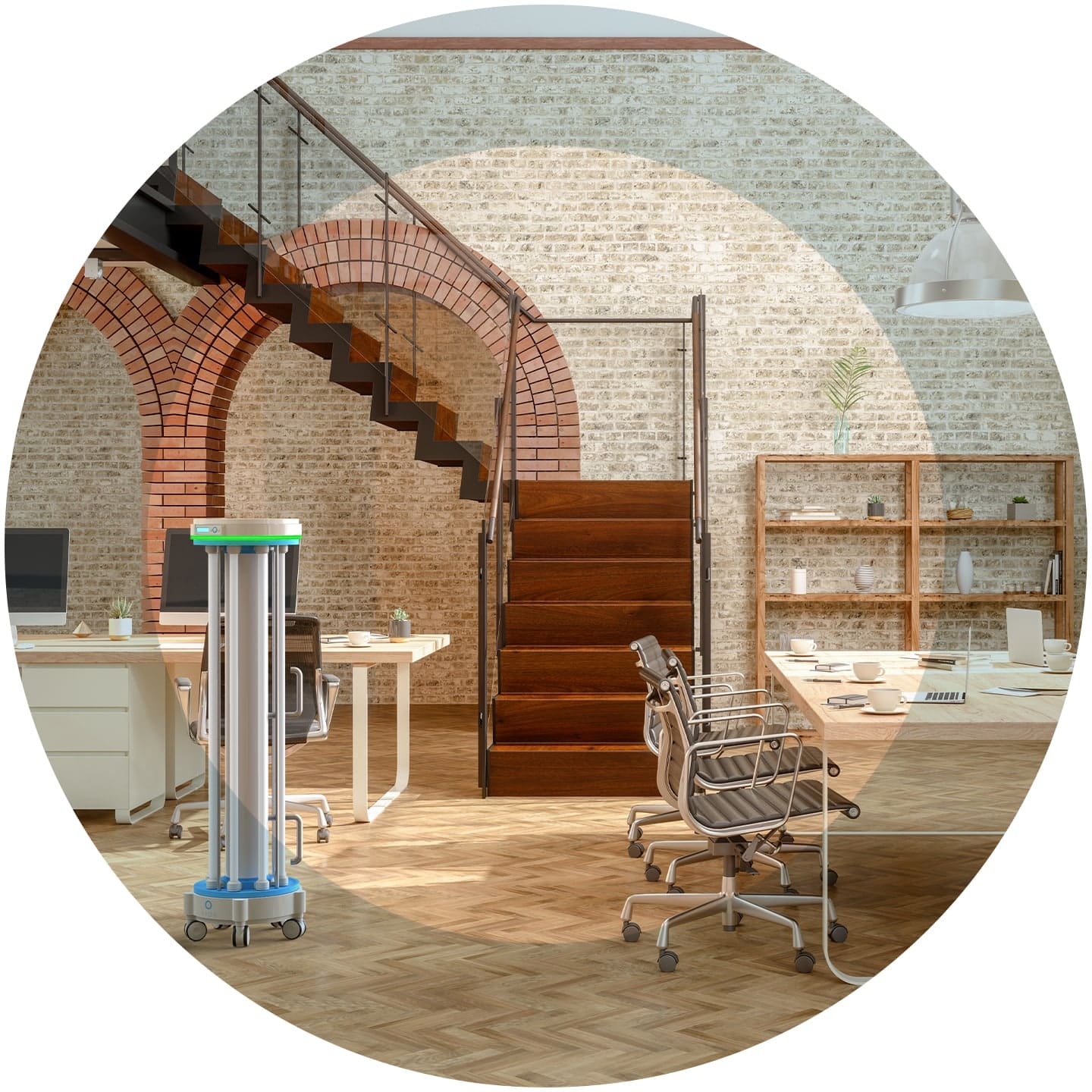What is ultraviolet light?
We were all told from a young age that the rainbow (or a spectrum) has seven colours: red, orange, yellow, green, blue, indigo and violet. It’s a simple way of illustrating the point, but in truth, there are no solid boundaries between the colours – they all merge into each other. What humans see as colour is actually just the way our eyes and our brains interpret various wavelengths of light. As there are infinite possible wavelengths, there are infinite colours.
We call this range of wavelengths between red and violet the “visible” spectrum. All that means is that humans are evolved to detect those wavelengths. There’s nothing particularly important about this range, and there are plenty of examples in nature of animals that can see beyond the “visible” spectrum, extending their vision into the wavelengths above (ultra) violet and below (infra) red.
Butterflies see ultraviolet (UV) light, and flowers have evolved UV-reflecting parts of their petals that humans can’t see but are attractive to these vital pollinators. Many species of snakes, frogs and mosquitoes can see in the infra-red range, which helps them detect heat, a technology that’s also used by the military for night vision and earthquake response teams for locating buried survivors.
What is UVC light?
We talked about wavelengths above, and that’s precisely what they are – lengths. If you watch the sea, you’ll see waves coming in, and you could measure the distance between peaks to assess the wavelength. Plop a stone into a pond and you’ll be able to measure a shorter distance between ripples – again, that’s wavelength.
When you’re dealing with wavelengths of ultraviolet light, it’s the same principle, but at a much smaller scale – nanometres. A nanometre (nm) is a billionth of a metre, or a millionth of a millimetre.
Red light has a wavelength of 620–750 nm. Violet light is much shorter – about 380 nm. As we’ve seen, it only stops there for human eyes. The spectrum carries on beyond “visible” violet to ultraviolet, and that is subdivided into UVA (315–400 nm), UVB (280–315 nm) and UVC (100–280 nm).
How does UVC light kill microorganisms?
Bacteria and viruses are completely different things. A bacterium is a single-celled organism that separates to reproduce, and can live and reproduce independently with a source of energy. Viruses are essentially complex molecules that need to infect other organisms’ cells to survive and reproduce. They do this by “reprogramming” the DNA in the cell to make copies of infected cells.
The common thread here is DNA. Bacteria have DNA in their makeup, while viruses affect host DNA to copy its “message” and multiply its effect. A single bacterium or virus is never going to hurt a human, but when they are allowed to reproduce, that’s when the problems start. It’s why a tiny infection from someone’s sneeze can take over your body in a matter of hours or days.
This is where UVC light comes in. Because of its specific wavelength, it interferes with the normal function of the DNA, effectively breaking it down and, most importantly, stopping it from performing its biological function or reproducing.
So if a room, or indeed a vessel full of water, is exposed to UVC rays for long enough, it should effectively neutralise the risk of harm from biological contaminants. When done correctly it either kills them or renders them inactive, which can mean that a UVC treatment can be 99.999% effective. The tiny amount that survives is unlikely to have the numbers or the availability to infect people.
Is UVC disinfection safe?
Since UVC is so harmful to DNA, how can it be safe for disinfecting rooms? The simple answer is that UVC cleaners go to great lengths to ensure human contact is all but impossible if the correct safety protocols are observed.
First, it is only carried out in rooms, vehicles or outdoor areas that have no people or animals in them. A typical treatment only takes a few minutes, so as long as everyone can leave for long enough to make a cup of tea, there can be zero disruption.
Second, the UVC cleaning devices themselves come with a host of safety features built in. They have timers and remote controls, so the operatives are not in the room when they come on. And when in operation they emit a loud sound to ensure nobody accidentally walks in. VIOA systems also have motion detectors, so they’ll automatically trip out if so much as a door opens. Added to this, VIOA systems have been built with ease of use in mind. The units can be operated without specialist training, and can be utilised by a single person.
People use all sorts of dangerous things in everyday life, from domestic toilet bleach to high explosives in mining. However, when used safely, the benefits far outweigh the infinitesimally small risks.
If you work in food preparation, healthcare or just an office environment that you want deep cleaning without chemicals, buckets of water and major disruption, why not get in touch to find out more?
